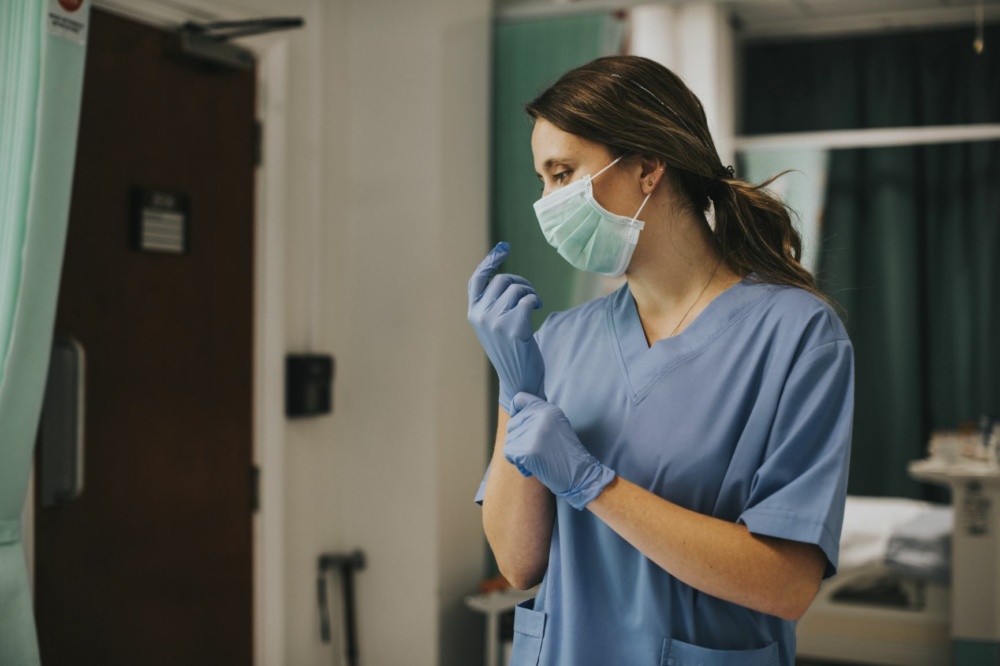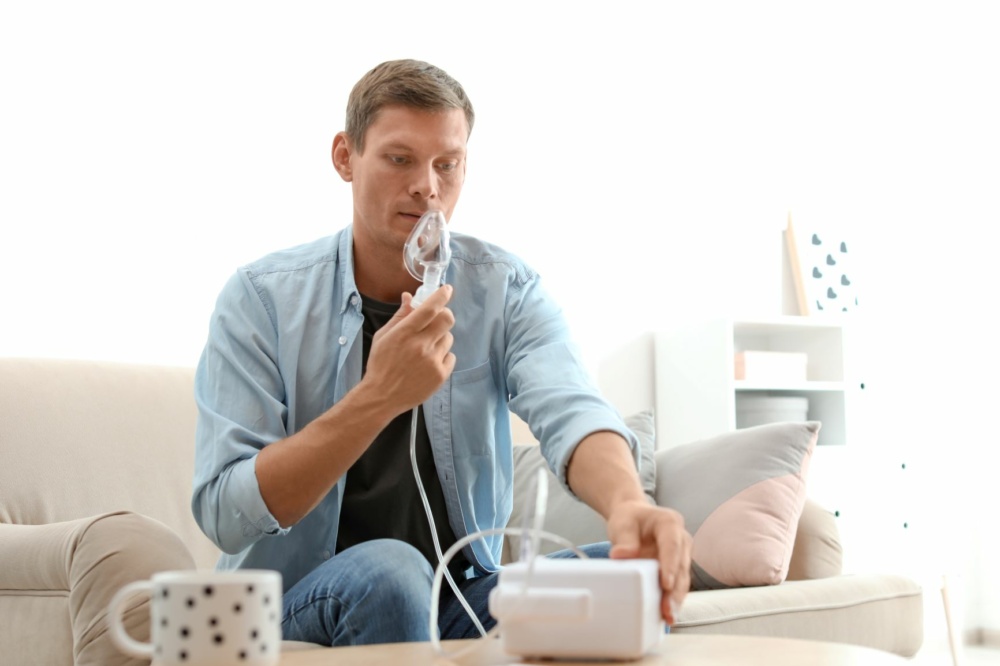Prevention is Better than the Cure
With musculoskeletal disorders becoming a common feature of working life, and with MSD prevalence increasing, Bill Pace (Cardinus) and Donna De Falco (The Health Enhancement Company) look at how prevention can be better than the cure.
For employers, the future poses many ergonomics-related risks and that means that many more employers will be paying out on reactive medical and technological interventions to minimise those risks. That might mean redesign spaces, bringing in new equipment or increasing healthcare costs.
Millennials, who have been in the workplace for over a decade now, have presented and continue to present a grave threat to the balance sheet. They are the first generation to enter the workforce having been on the screen since the age of five. Significantly, they have handled computer mice and keyboards from an early age, played with mobile devices and touchscreen equipment since they came on to the market. That means by the time they came into the workforce they entered with pre-existing MSD conditions that will only become exacerbated by 8-hour long days at the workstation.
Employees across all industries now spend long work hours (in addition to many hours at home) in front of a multitude of screens — desktops, laptops and mobile devices of all kinds — increasing the likelihood for neck and back pain.
There have been a number of changes in the workplace too, that have had an impact, either good or bad, on the health outcomes of its employees. We’re now used to open offices, hot-desking, home working, lounge and coffee-house-type seating areas, designed to save space, foster collaboration and achieve greater equity among employees. However, these are all risk factors that could contribute to increased MSD prevalence.
All of these changes make the future of employee health difficult to assess. However, we are aware that reported MSD cases (CITATION REQUIRED) is on the increase and that means more expense for the employer.
One of the primary methods of reducing this risk is through assessing individual risks and putting in place methods to mitigate them. Traditionally, this has been done through paper-based or spreadsheet-based assessments that are often rolled out individually and managed centrally through a large database, often to the bewilderment of employee safety managers. Now, this can be done in a staggered way with automated software that eases the process for the employee safety manager.
However, the question remains, how do you engage employees, and in particular millennial employees, with programs and services designed to prevent MSD risk? The effectiveness of prevention programs is a direct function of employees’ willingness to engage, which can be fostered by building trust, a perception of need and utility, the intrinsic appeal of the program and the ease of access to the program.
User-friendly offerings, including online training and risk assessments, workplace design and on-site training all contribute to decreasing the incidence and prevalence of MSD and minimise healthcare costs.
Cardinus and the Health Enhancement Company worked with Adventist Health, a hospital system with 20 hospitals and 20,000 employees, to provide an engaging preventative ergonomics system to help manage their risk. By combining online ergonomics with systems implementation expertise, the resulting outcomes were improved, enabling the company to save time, healthcare costs and a reduction on injuries. This preventative approach reduced high risk individuals by half and saw engagement rates soar.
Adventist Health’s Workers Compensation and Safety Department found an increase in carpal tunnel syndrome (CT) and related repetitive movement injuries among their office-based staff and faced increasing health costs. Every time a new case came to the department its employees were faced with investigating each case, while additional costs for paid disability leave rose, and the risk of losing insurance due to excessive claims increased. The response was to hire two ergonomists to head out to the field and start combating these injuries. However, demand was high and after a while became overbearing.
Cardinus and the Health Enhancement Company were invited in to help manage the workload, through a mixture of online self-assessment and education and cultural change to foster a better relationship with health and find a reduction in incidents of MSDs.
Like all big projects, engagement proved a problem in the beginning. Due to the relative inexpensive of the Cardinus system compared to the existing program senior leadership were easily convinced of the need for the software. However, management at their office locations still needed to be brought in to the process so that roll-out was smooth and engagement high. The Workers Compensation and Safety Department visited office locations and met with managers to put them at ease over the new program. They also provided training and a new communications plan to win over any last pockets of resistance.
This combination of software, cultural change and internal communications resulted in big wins for the Adventist Health team. Initially they roll-out to 1,400 employees and saw an engagement rate of 75%. This has seen Adventist Health to experience a decrease in the number of reported CT-related injuries each year.
And that’s not all. From a cost perspective they’ve seen big changes too:
- 38% decrease in total cost of ergonomics injuries over 1 year
- 25% decrease in total number of ergonomic injuries over 1 year
Ashley Clabeaux from the Workers Compensation and Safety Department told us “Now we’re experts [in workplace ergonomics]. We’ve gained the respect of employees who appreciate the program and now trust the workers compensation department.”
Once prevention becomes part of the management culture it can profoundly change the employer’s and employee’s relationship with office-based health risk, making it positive, proactive and meaningful.







Recent Comments